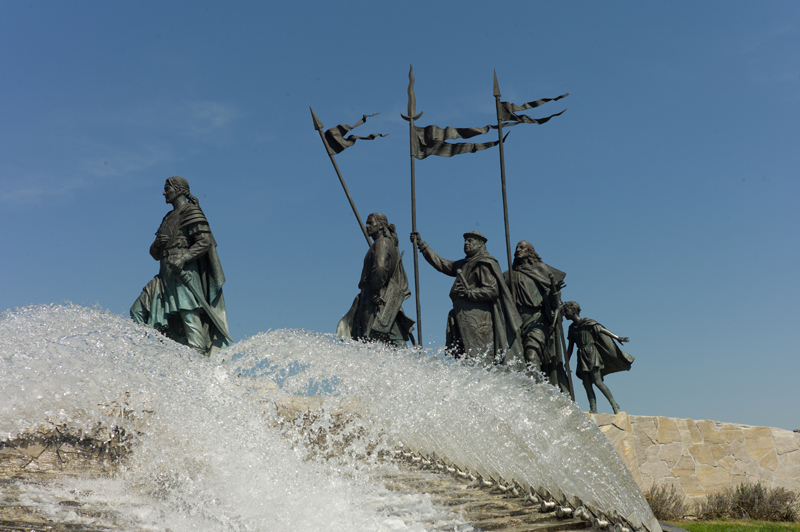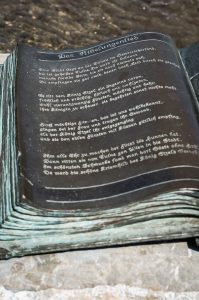
Well we’ve had a laugh and a giggle, but it’s time to get into the heavy metal of the operatic world, namely the Ring Cycle. I have a somewhat mixed relationship with Der Ring der Nibelungen. Wagner can be hard work at times. There is no doubt the man was a genius, but too much of a good thing and all that. Weighing in at seventeen hours, The Ring is a lot of opera and, as yet, I have not been able to bring myself to attend a whole performance. On the plus side, it’s brimming with every ingredient that an opera fan needs – big tunes, big choruses and big drama. But then we wouldn’t expect anything else, given the raw material Herr W. was working with. And that is the real source of my love of the Ring – das Nibelungenlied, the Middle High German epic poem on which Wagner loosely based his plot.
Let’s start with the names – Siegfried, Kriemhild, Brünhild, Gunther and Attilla the Hun; what a gift – no messing around having to google ‘good names for main characters’. The plot is a ready-made banquet of perfect ingredients: A sprinkling of rejoice and merriment; dragons; an invisible cloak; a soupcon of romance; a bit of sex; feasting; masses of deception and a lot of slaughtering. I am now beginning to see why you need seventeen hours to do it justice. Admittedly, I don’t know how far Wagner strays from the original plot, as I haven’t even read the libretto. I just give Sir George Solti control of the CD player and let him take it away, while I’m doing the chores and humming along at appropriate moments.
The authorsh ip of the poem could be the basis of its own opera, since no-one actually knows who wrote it. The most likely scenario is that it just passed down through the ages via word of mouth, with each generation adding their own embellishment and twist along the way. In a way, it’s tragic that it remains miscellaneous – could you imagine producing something as grand as this and not getting the credit for it? Various names have been suggested over the years, my favourite being Bligger von Steinbach, not that I have any scholastic proof that he was a more likely contender than any of the other mhd poets, I just like the name. For my next novel, I think my hero might just be called Bligger. And here’s another thought … what if the poet was anonymous because he was really a women? Now that would really set the cat amongst the medieval pigeons.
ip of the poem could be the basis of its own opera, since no-one actually knows who wrote it. The most likely scenario is that it just passed down through the ages via word of mouth, with each generation adding their own embellishment and twist along the way. In a way, it’s tragic that it remains miscellaneous – could you imagine producing something as grand as this and not getting the credit for it? Various names have been suggested over the years, my favourite being Bligger von Steinbach, not that I have any scholastic proof that he was a more likely contender than any of the other mhd poets, I just like the name. For my next novel, I think my hero might just be called Bligger. And here’s another thought … what if the poet was anonymous because he was really a women? Now that would really set the cat amongst the medieval pigeons.
How do you distil seventeen hours into one track? Not easily. I’ve chosen this version of Hojotoho, featuring the formidable Birgit Nilsson as Brünnhilde and Hans Hotter as Wotan.
For those that need the detail, the pictures are from Tulln, a town on the Danube, which is mentioned in the poem as the place where Attilla the Hun first sets eyes on Kriemhild. This event is marked by the Nibelungen fountain, comprising lots of Wagnerian statuesque figures and a copy of the text where Tulln features.
